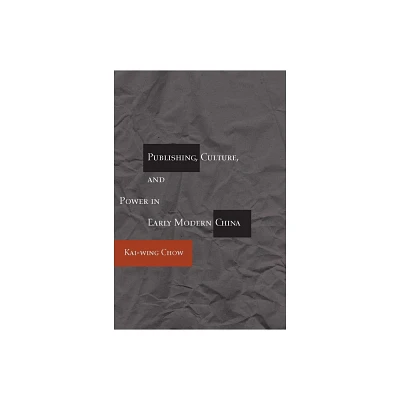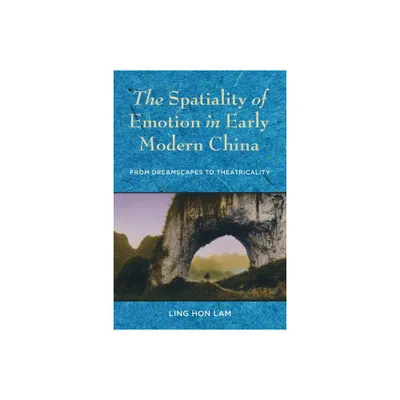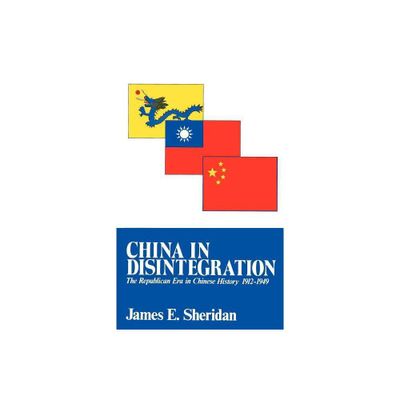Home
The Monkey and the Inkpot: Natural History and Its Transformations in Early Modern China
Loading Inventory...
Barnes and Noble
The Monkey and the Inkpot: Natural History and Its Transformations in Early Modern China
Current price: $60.00


Barnes and Noble
The Monkey and the Inkpot: Natural History and Its Transformations in Early Modern China
Current price: $60.00
Loading Inventory...
Size: OS
*Product Information may vary - to confirm product availability, pricing, and additional information please contact Barnes and Noble
This is the story of a Chinese doctor, his book, and the creatures that danced within its pages.
The Monkey and the Inkpot
introduces natural history in sixteenth-century China through the iconic
Bencao gangmu
(Systematic
materia medica
) of Li Shizhen (1518–1593).
The encyclopedic
is widely lauded as a classic embodiment of pre-modern Chinese medical thought. In the first book-length study in English of Li’s text, Carla Nappi reveals a “cabinet of curiosities” of gems, beasts, and oddities whose author was devoted to using natural history to guide the application of natural and artificial objects as medical drugs. Nappi examines the making of facts and weighing of evidence in a massive collection where tales of wildmen and dragons were recorded alongside recipes for ginseng and peonies.
Nappi challenges the idea of a monolithic tradition of Chinese herbal medicine by showing the importance of debate and disagreement in early modern scholarly and medical culture.
also illuminates the modern fate of a book that continues to shape alternative healing practices, global pharmaceutical markets, and Chinese culture.
The Monkey and the Inkpot
introduces natural history in sixteenth-century China through the iconic
Bencao gangmu
(Systematic
materia medica
) of Li Shizhen (1518–1593).
The encyclopedic
is widely lauded as a classic embodiment of pre-modern Chinese medical thought. In the first book-length study in English of Li’s text, Carla Nappi reveals a “cabinet of curiosities” of gems, beasts, and oddities whose author was devoted to using natural history to guide the application of natural and artificial objects as medical drugs. Nappi examines the making of facts and weighing of evidence in a massive collection where tales of wildmen and dragons were recorded alongside recipes for ginseng and peonies.
Nappi challenges the idea of a monolithic tradition of Chinese herbal medicine by showing the importance of debate and disagreement in early modern scholarly and medical culture.
also illuminates the modern fate of a book that continues to shape alternative healing practices, global pharmaceutical markets, and Chinese culture.


















